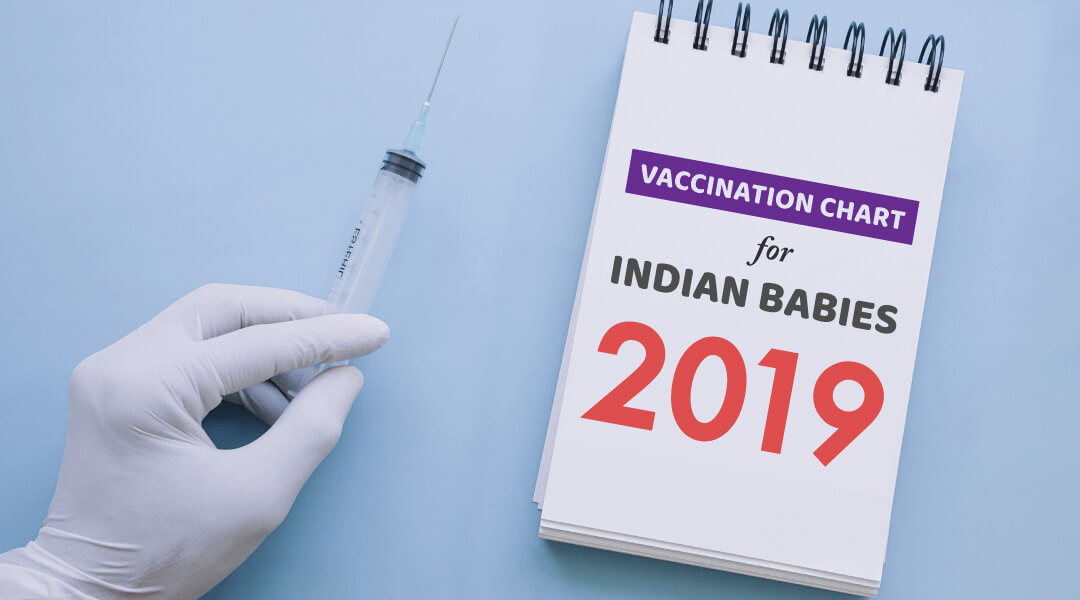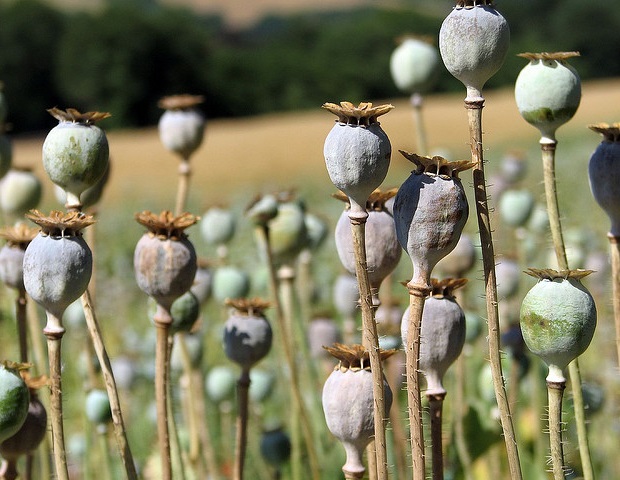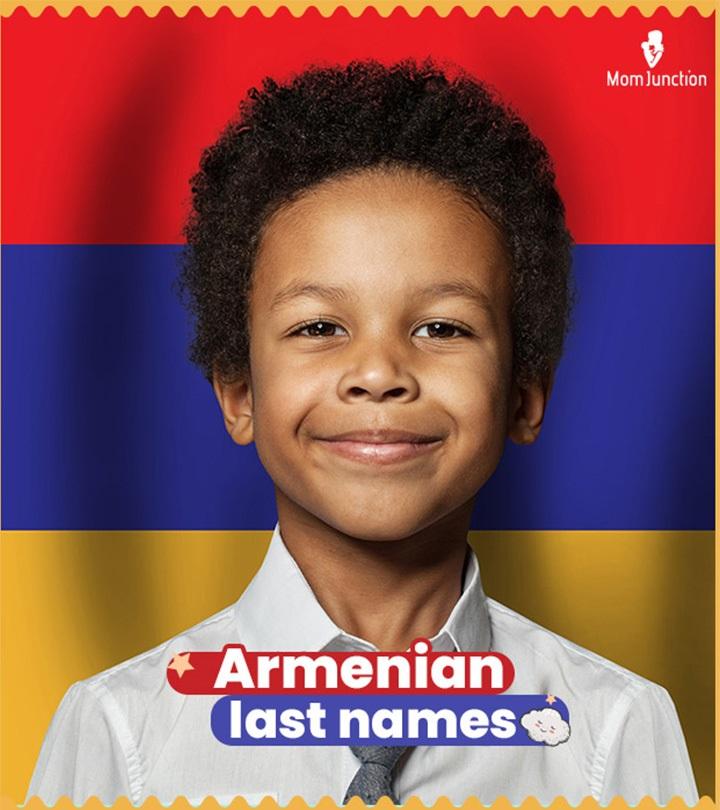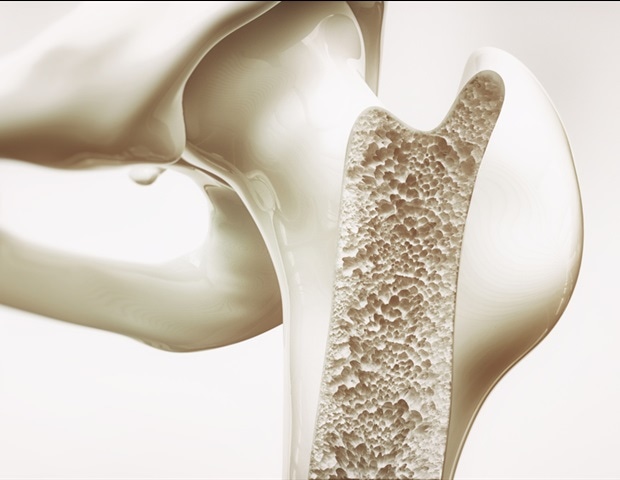
The slightly modified form of a disease-causing organism is used for making vaccines. Today a combination of these organisms can be used in one vaccine, to limit the number of vaccinations your child gets. The basic principle through which a vaccine works is by creating immune memory to certain organisms. When a child’s immune system is exposed to the organism within a vaccine, it starts to form memory towards the infectious organism. So, when your child is exposed to a similar organism in the near future, the body is already prepared with its defence mechanism.
Immunization Schedule
Now that we know the mechanism of how a vaccine works, let’s discuss the vaccine schedule.
Vaccines given at birth
- Oral Polio Vaccine (OPV)
- Bacille Calmette Guerin (BCG)
- Hepatitis B (1)
Vaccines given at 6 weeks
- Diphtheria, Pertussis and Tetanus (DPT 1)
- Hep B (2)
- Inactivated Polio Vaccine (IPV 1)
- Rotavirus (1)
- Pneumococcal Conjugate Vaccine (PCV 1)
- Haemophilus influenzae type B (HiB 1)
Vaccines given at 10 weeks
- Diphtheria, Pertussis and Tetanus (DPT 2)
- Hepatitis B (3)
- Inactivated Polio Vaccine (IPV 2)
- Rotavirus (2)
- Pneumococcal Conjugate Vaccine (PCV 2)
- Haemophilus influenzae type B (HiB 2)
Vaccines given at 14 weeks
- Diphtheria, Pertussis and Tetanus (DPT 3)
- Hepatitis B (4)
- Inactivated Polio Vaccine (IPV 3)
- Rotavirus (3)
- Pneumococcal Conjugate Vaccine (PCV 3)
- Haemophilus influenzae type B (HiB 3)
Vaccines given at 6 months
- Typhoid Conjugate Vaccine (TCV 1)
- Influenza (after the first dose given in first 6 months, keep repeating it in yearly frequency)
Vaccines given at 9 months
- Mumps, Measles and Rubella (MMR 1)
Vaccines given at 12 months
Vaccines given at 15 months
- Mumps, Measles and Rubella (MMR 2)
- Varicella (1)
- PCV (Booster 1)
Vaccines given between 16 to 18 months
- Hepatitis A (2)
- DPT (Booster 1)
- IPV (Booster 1)
- HiB (Booster 1)
Vaccines given between 4 – 6 years
- DPT (Booster 2)
- Varicella (2)
- Mumps, Measles and Rubella (MMR 3)
All the vaccines listed above are mandatory for all children. There are a few vaccines that are considered optional, and can be discussed with your pediatrician prior to their administration. The list of optional vaccines include:
- Meningococcal vaccine
- Japenese encephalitis vaccine
- Cholera vaccine
Notes about your child’s vaccination schedule
- Oral polio vaccine is replaced by inactivated polio vaccine as soon as possible. If access to IPV is limited this can be replaced with three doses of OPV.
- The first dose of Influenza can be given after six months of age. This is one vaccine that should be given on a yearly basis.
- The Human Papillomavirus vaccine can be given as early as 9 years of age.
What are some of the common myths surrounding vaccines?
Myth 1:
Vaccines don’t cover serious diseases.
Fact:
All the vaccines cover quite serious diseases. Children are more prone to the dire consequences of any infection due to their nascent immune system. Therefore, vaccinations, especially on schedule, are vital.
Myth 2:
My baby’s natural immunity is better than a vaccine.
Fact:
Natural immunity usually kicks in only after exposure to the environment. It is great to know that the small exposure to infectious organisms in vaccines helps to amplify immune responses multiple times if your child is exposed to the organism again.
Myth 3:
Vaccines cause autism.
Fact:
This was a widely held myth for a long time following a paper that was published in 1997. The statements made in this paper have been discredited. Autism is not a side effect associated with vaccines.
Myth 4:
The organisms in vaccines can cause a full-blown infection in my child.
Fact:
A fever, swelling or slight irritability are all subtle effects to the vaccine, but not an indication of an infection. This usually subsides within a day or two following the vaccine.
Myth 5:
If my baby is ill they shouldn’t be receiving the vaccine.
Fact:
Mild illness should not be a hindrance to maintaining the normal vaccine schedule. Children can be given a vaccination if they have a slight fever. A paediatrician should ideally examine the child prior to vaccination. Vaccines can be delayed by a few days if your child has a high fever.
Myth 6:
It is not safe to give more than one vaccine at a time.
Fact:
In most instances, all vaccine doses are given on a single day. As per schedule, the vaccines have to be followed up with dose 2, dose 3 and so on on the same day. Today, many vaccines come as combinations, where one vaccine vial contains the vaccination against several organisms.
Vaccinationation Essentials
- It is vital to stick to the vaccination schedule that your paediatrician has prepared following the birth of your child. If you skip as vaccination date, visit your paediatrician at the earliest to reschedule the appointment.
- All vaccinations are important for your child. Only the optional vaccines are a choice that you can discuss with your paediatrician. Optional vaccines are given based on the risk factors that your child might be exposed to.
- Recently there has been the introduction of the “painless” vaccine. Study the benefits of this vaccine for your child. Do not go for anything without complete information regarding the same.
- Your child may experience a fever following the vaccination visit. This is a normal response to the vaccine. Your paediatrician may offer paracetamol drops. You can also give your baby a light sponge bath. If the fever is higher than 102 degrees, do consult with your paediatrician.
Vaccines are a basic requirement for your child during their first few years of development. Due to the environmental exposures to various infectious organisms, as well as their young developing immune systems, they are at an increased risk of severe consequences if they contract any viral or bacterial infection. A vaccine helps to boost their immune system when exposed to such infections, which in turn helps to negate the serious effects of the various infections.
If you are in doubt relating to the benefits and side effects of any vaccine it is vital to consult with your paediatrician.
The post Latest Vaccination Chart for Indian Babies – 2019 appeared first on Babygogo.

 PARENTING TIPS
PARENTING TIPS







 PREGNANCY
PREGNANCY








 BABY CARE
BABY CARE








 TODDLERS
TODDLERS








 TEENS
TEENS








 HEALTH CARE
HEALTH CARE







 ACTIVITIES & CRAFTS
ACTIVITIES & CRAFTS








 CONTACT
CONTACT ABOUT
ABOUT

















